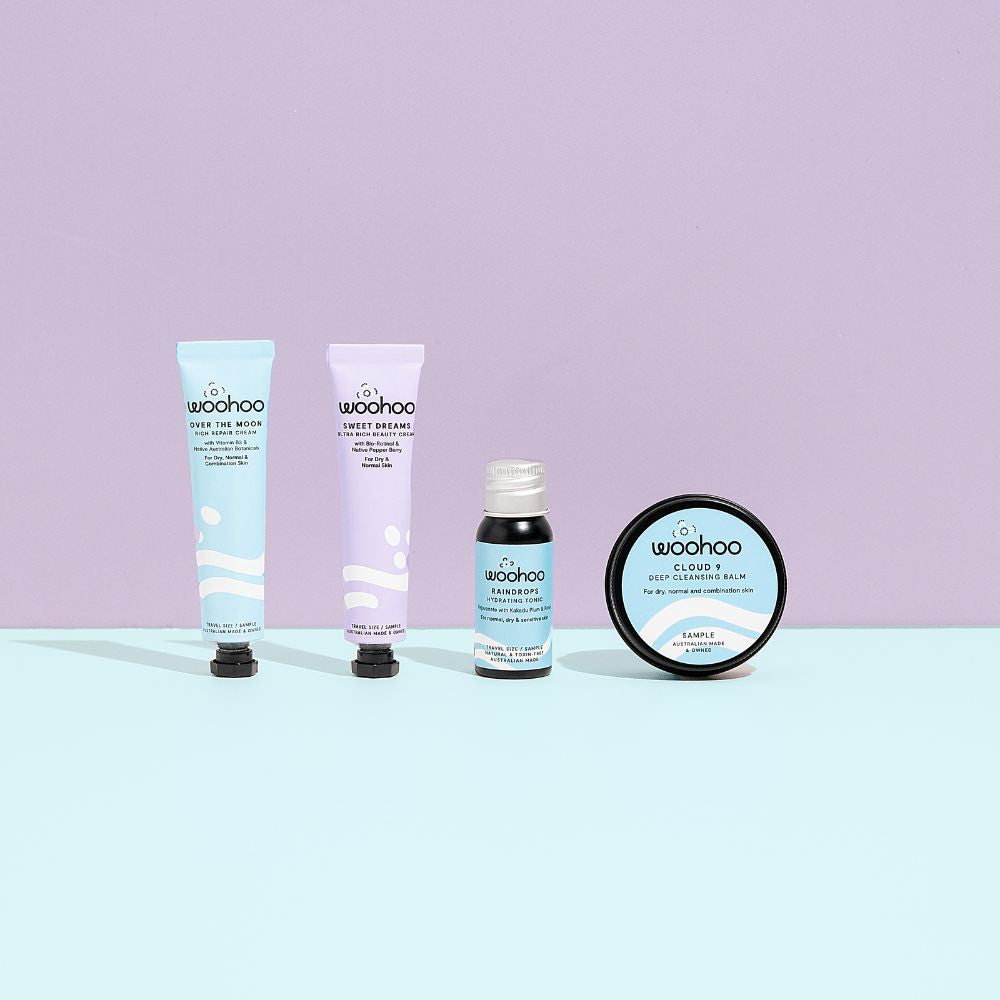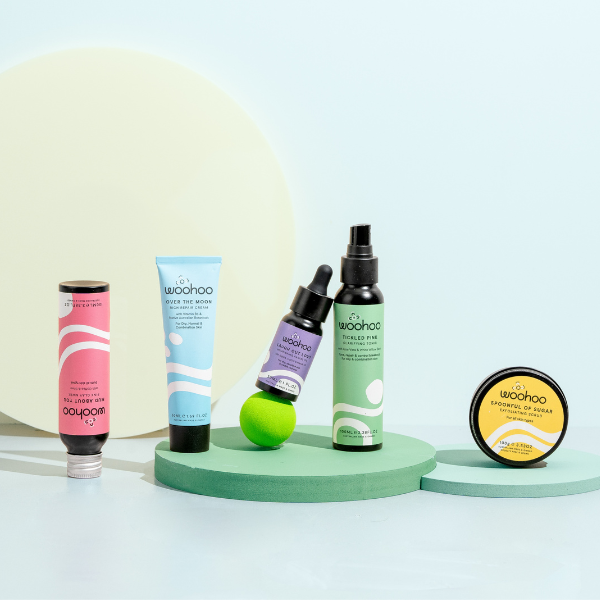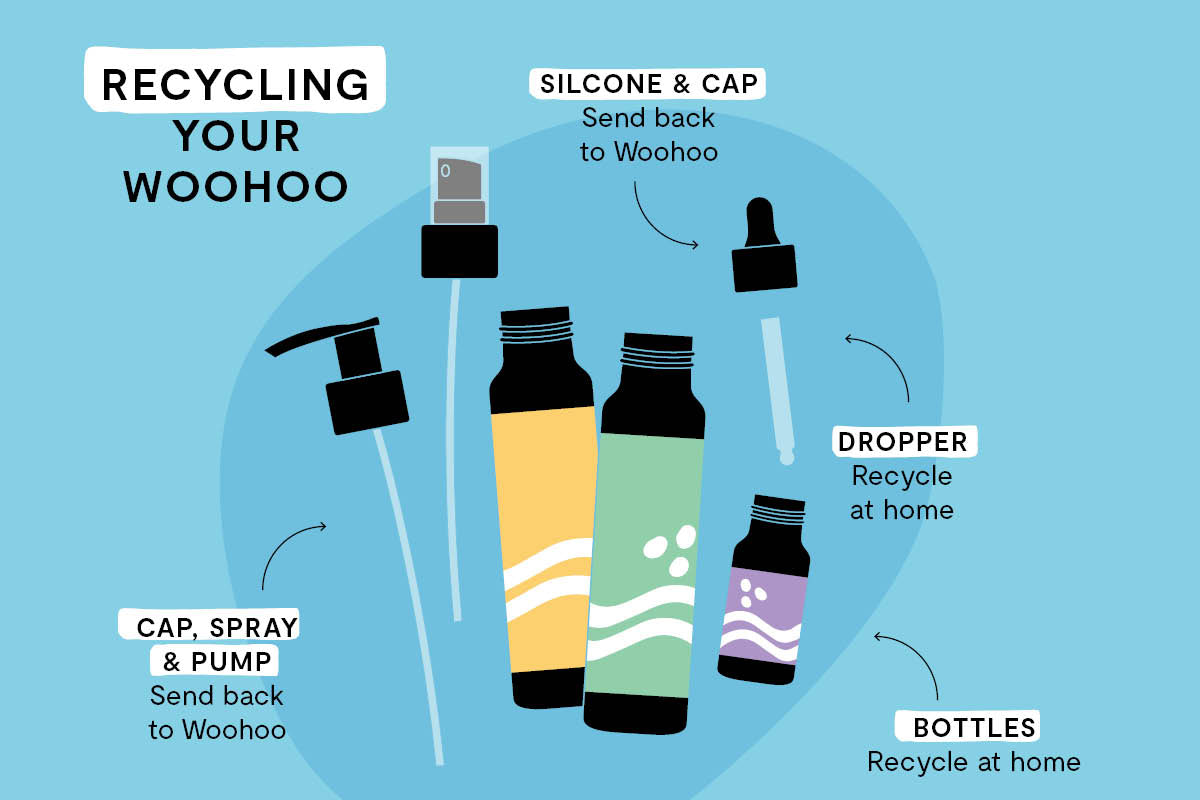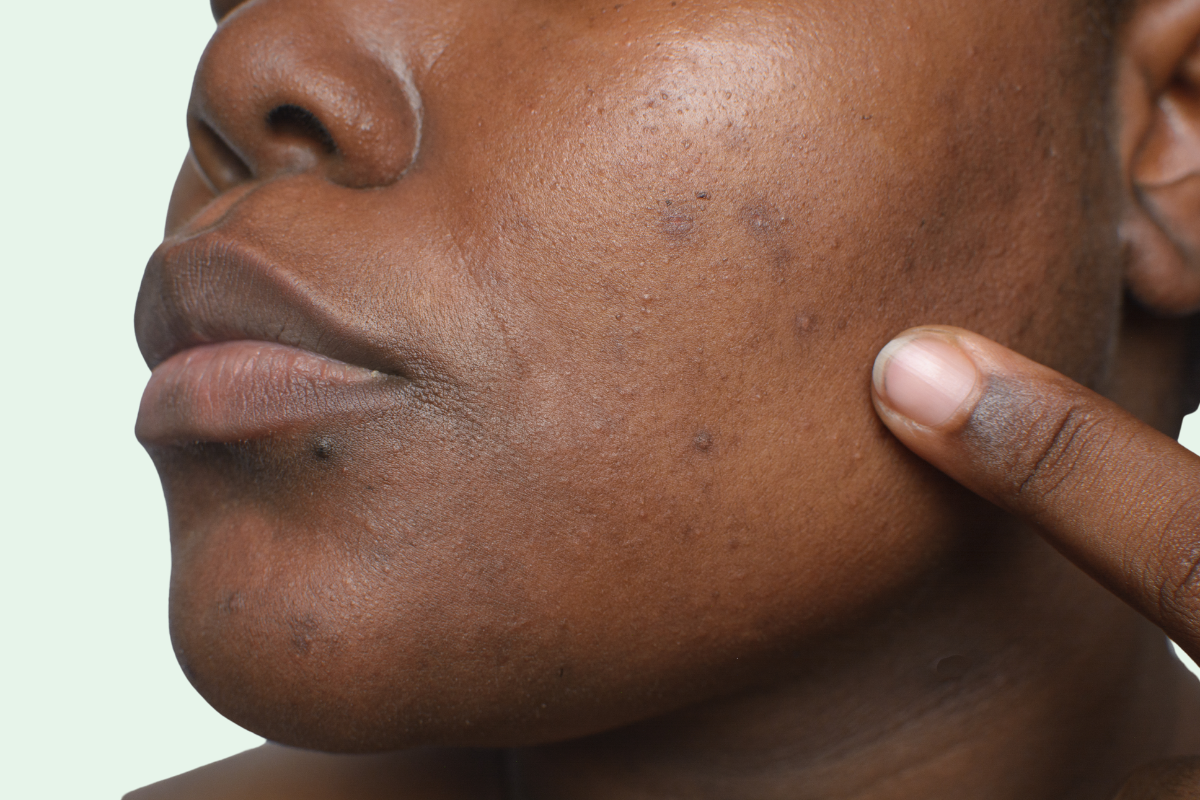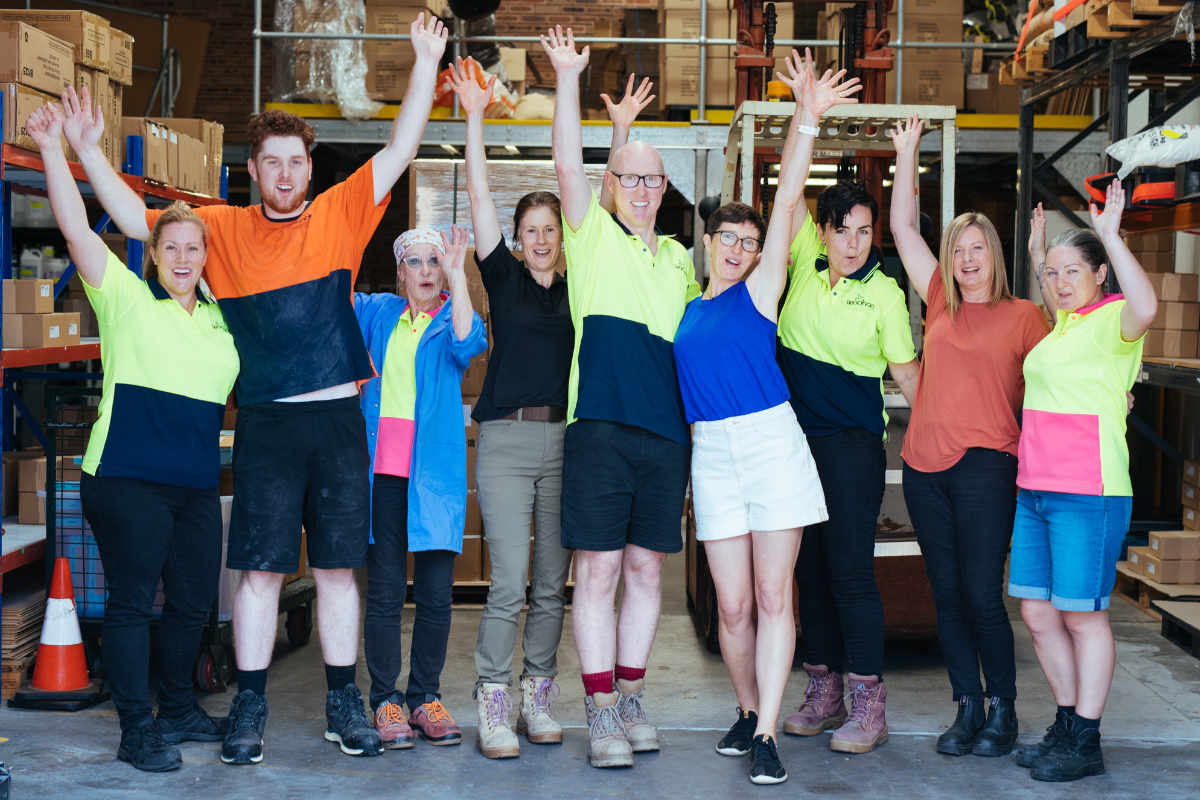Yep - “clean” is the new in-thing.
You’ve got clean eating, clean living and clean beauty. “Green” still has its place but “clean” is definitely the new prom queen.
Clean beauty is something we’ve been passionate about since before it was called clean beauty. It’s all about beauty products that are mindfully created and COMPLETELY free from ANY ingredient that’s proven (or even suspected) to be toxic or bad for your health in any way.
Before we dive in, we need to make sure of one thing: you need to know NOT to believe everything you read!
If you read enough blogs or spend too much time googling, you’ll soon crumble into a nervous wreck. Especially in the beauty world when there are countless blogs poo-pooing ingredients.
Some of these warnings are totally spot-on, but some are just a result of online whispers.
We just want to help you sort out the truth from the bull-fluff so you can make conscious, healthy buying decisions in your own journey to living clean.
Reading labels is something we love doing and always encourage you to do the same. Only the other day a new Lush store opened in Newcastle and curiosity got the better of us. We had to check it out and like flies to honey we were reading the back of products instantly.
Why read labels? Because there is no marketing spin on the back, just the facts.
What do clean products avoid?
We could really go down a rabbit hole but for now we will stick with 3 common ones (we don’t want to totally overwhelm you – we’ll have more for you in another blog post soon!).
Parabens
Parabens may seem like soooo 2010 but they’re still out there. That’s because from a cosmetic formulation perspective they are the perfect ingredient. They keep nasty and dangerous bacteria out, they are cheap and don’t smell.
If only they didn’t have the ability to mimic estrogen, increase cell damage from UV rays, or to have been found in breast cancer tissue. A gold star was so close yet so far away.
Best to keep avoiding these and since parabens are soooo 2010 it easy to do so. Many products are paraben free these days. Yay!
SLS and SLES
Sodium Lauryl Sulphate (SLS) and Sodium Laureth Sulphate (SLES) are very good cleansing ingredients, especially if you need to scrub the baking pan from last night’s roasted veggies. You’ll find SLS and SLES in lots of cleaning products – for your home and your skin and body – they’re popular because they make things go nice and bubbly.
But for washing our bodies it is a bit too strong and a common cause of skin barrier breakdown and irritation.
Due to way it is made, SLES can get contaminated with 1,4 dioxane which is something you don’t need in your life because of its links to cancer and other issues.
PEGs
The long name for PEGs is Polyethylene Glycols, and yes, anti-freeze is a PEG. That headline is used everywhere to get your attention.
PEGs can be contaminated with heavy metals but that is not their main concern. The biggest problem is that they are penetration enhancers. Simply put, they make it easier for your body to absorb stuff through your skin.
That is fantastic if it is Kakadu plum or Pomegranate that you’re absorbing, but no so good if it is parabens or synthetic fragrance.
On labels PEGs have a number after them (like PEG 40 Hydrogenated Castor Oil). The lower the number the easier it is absorbed.
If you’re avoiding these 3 bad guys then you’re off to a good start! There are many more out there, and we’ll be posting again to make sure you’ve got all the info you need to go clean.
